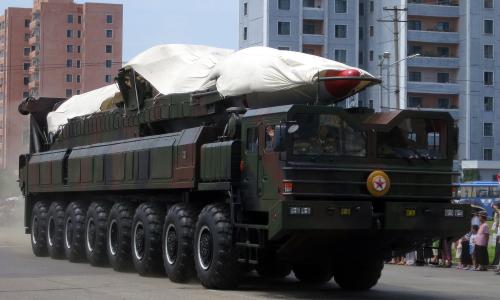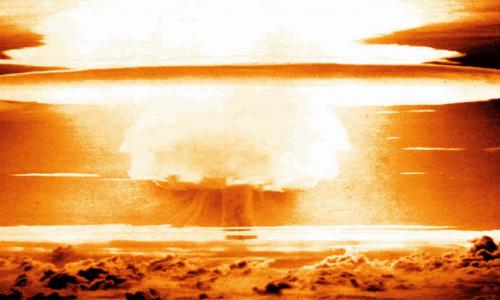More than 950 operating satellites currently orbit the Earth, providing information and other services essential to our civilian, scientific, and economic life, as well as our military operations. As their importance increases, so do concerns about keeping them safe—because for as long as there have been satellites, there have been plans for interfering with them.
A History of Anti-Satellite Programs describes the major motivations and milestones in the development of anti-satellite (ASAT) weapons, from the years of the first satellites to the present day.



